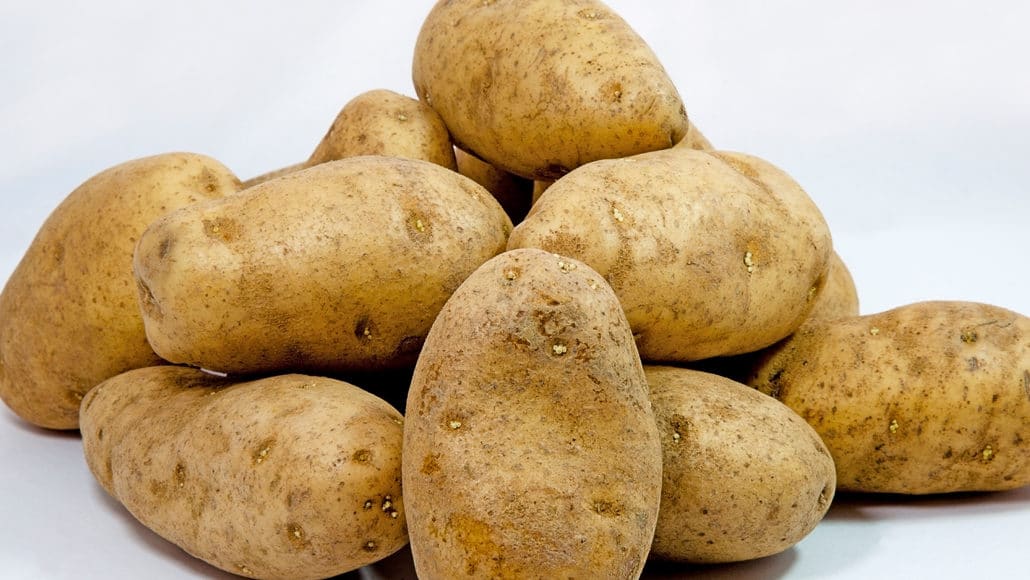The 13 major potato States held 59.0 million cwt of potatoes in storage June 1, 2018, up 9 per cent from June 1, 2017. Potatoes in storage accounted for 15 percent of the fall storage States’ 2017 production, 2 percentage points more than last year. Potato disappearance, at 341 million cwt, was down 3 percent from June 1, 2017. Season-to-date shrink and loss, at 23.4 million cwt, was 8 per cent lower than the same time last year. Processors in the 8 major States used 185 million cwt of potatoes for the season, up 1 percent from June 2017.
Statistical Methodology
Survey Procedures: The potato stock estimates in this report are based primarily on a survey conducted in the first week of June in the thirteen major fall potato producing States, which account for 91 percent of all potato production last year. The potato stocks survey is a probability survey that includes a sample of approximately 975 growers, processors, and storage facilities that are contacted to obtain the quantity of potatoes stored as of the first of the month, as well as monthly shrinkage and loss information.
Monthly processing data is collected from a census of all known potato processing facilities in eight States (Colorado, Idaho, Maine, Minnesota, North Dakota, Oregon, Washington, and Wisconsin). An effort is made to obtain a report from all facilities. Estimates are made for missing facilities to make the survey complete.
Data was collected by mail, internet, telephone, or personal interview to obtain information on potato stocks, monthly potato processing, and monthly shrink and loss.
Estimating Procedures: Information obtained from the potato stocks survey, processing survey, and federal administrative data, is used to establish estimates of stocks, shrinkage and loss, and processing usage. These estimates are reviewed for errors, reasonableness, and consistency with historical estimates.
Revision Policy: Stocks, shrink and loss, and processing estimates for the previous estimating period are subject to revision based on late and/or updated information. At the end of the marketing season, all information available, including disposition data, are thoroughly reviewed and any necessary revisions for the entire crop year are published in thePotatoes Annual Summary.
Reliability: Reliability of the stocks and processing data must be treated separately because the survey designs for the two surveys are very different. The stocks estimates are subject to sampling variability because all operations holding stocks are not included in the sample. This variability, as measured by the relative standard error at the United States level, is approximately 3.3 percent which means that chances are 2 out of 3 that the current potato stock estimate will not be above or below the final estimate by more than 7.8 percent. Chances are 9 out of 10 (90 percent confidence level) that the difference will not exceed 13.5 percent.
Source: USDA











